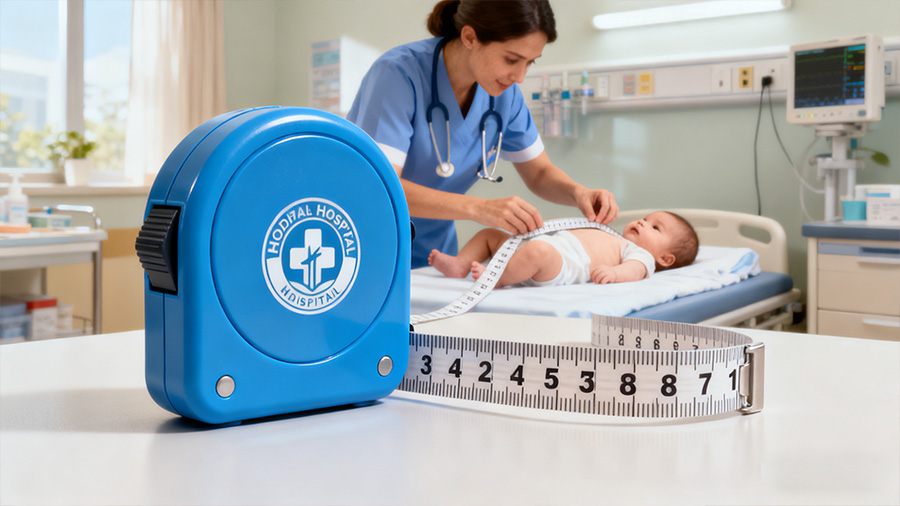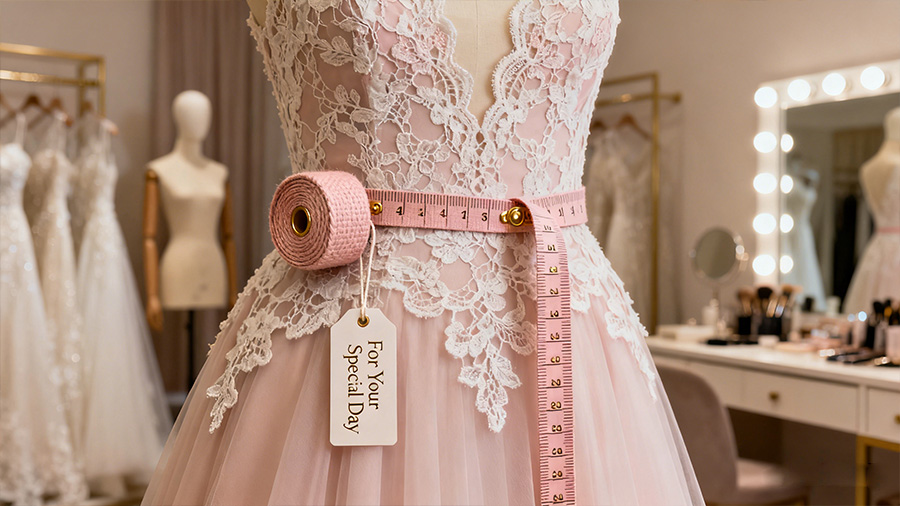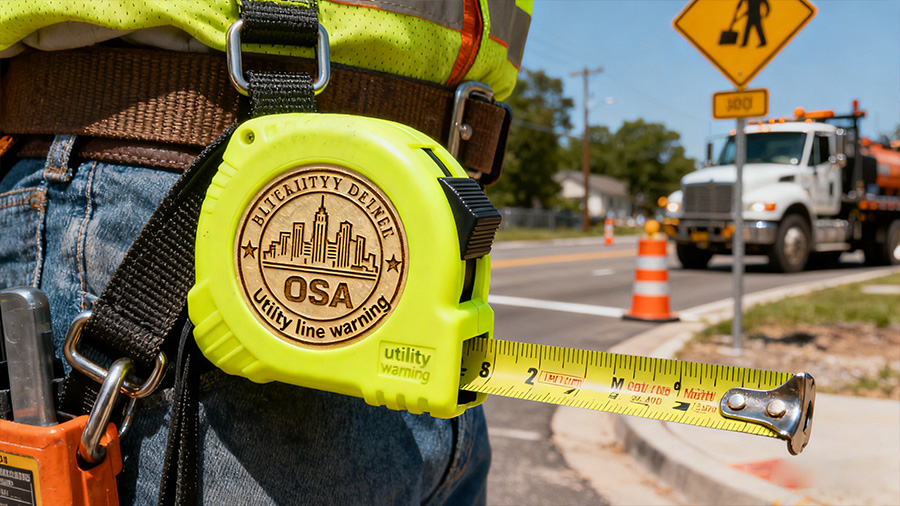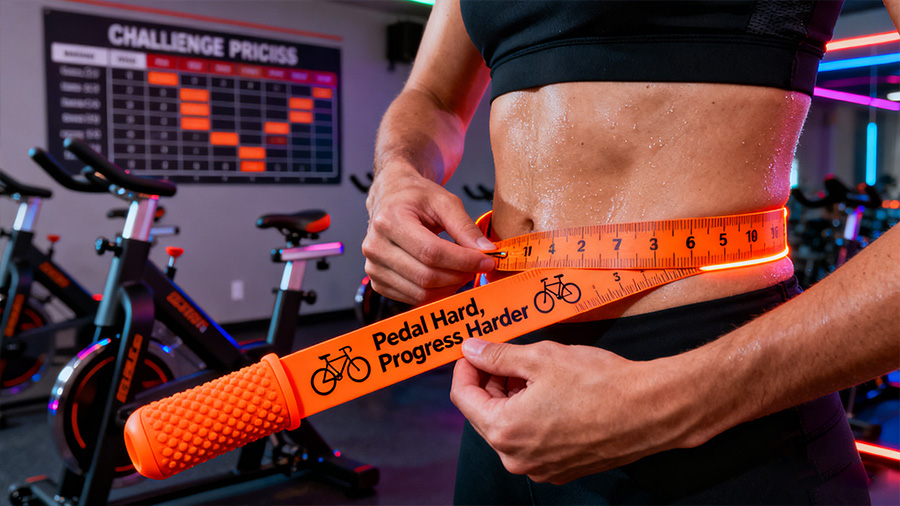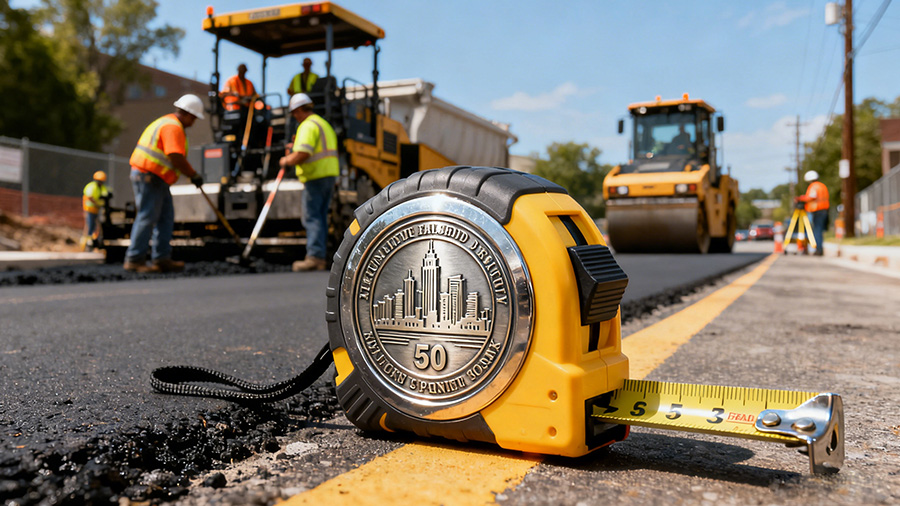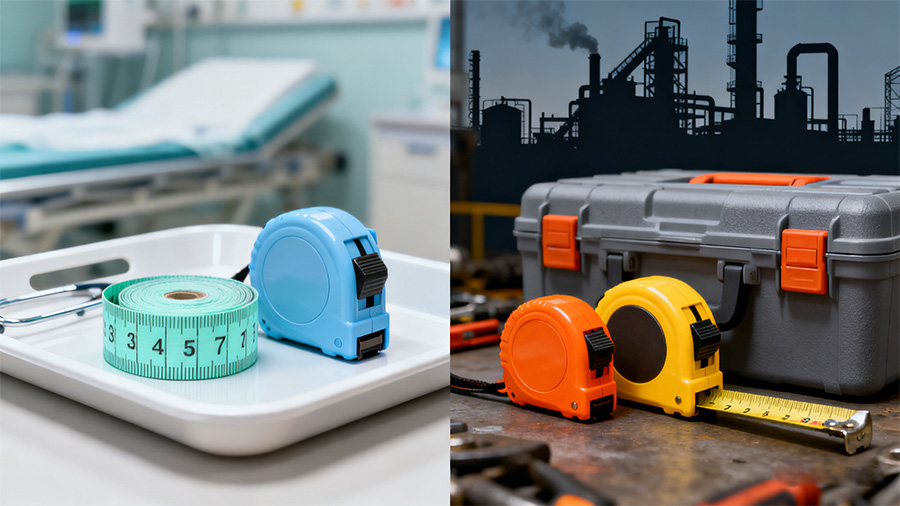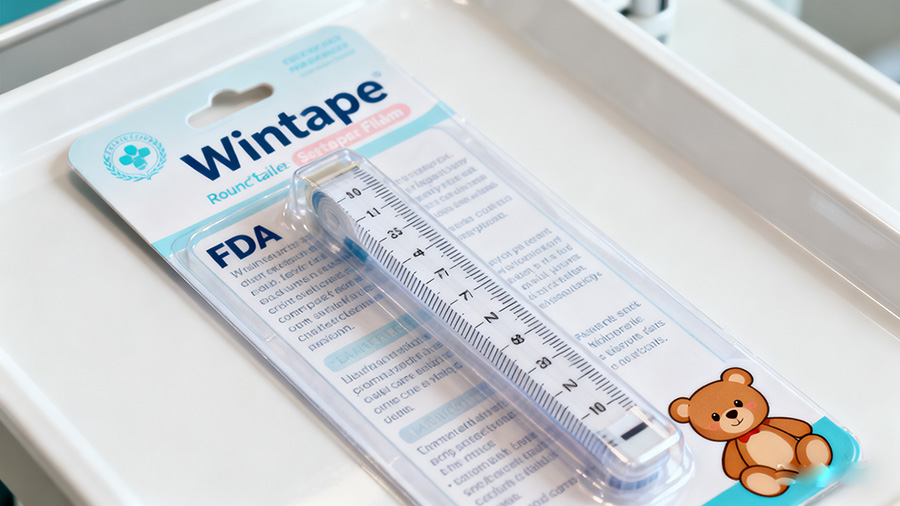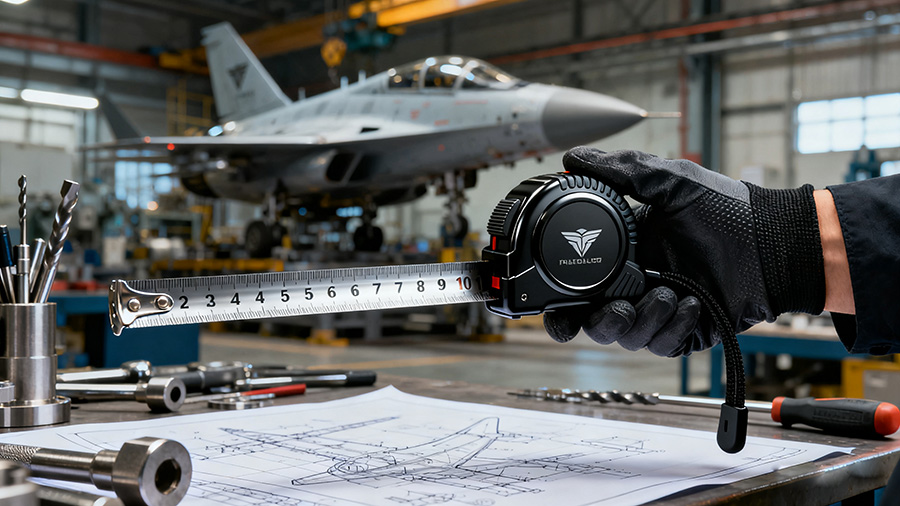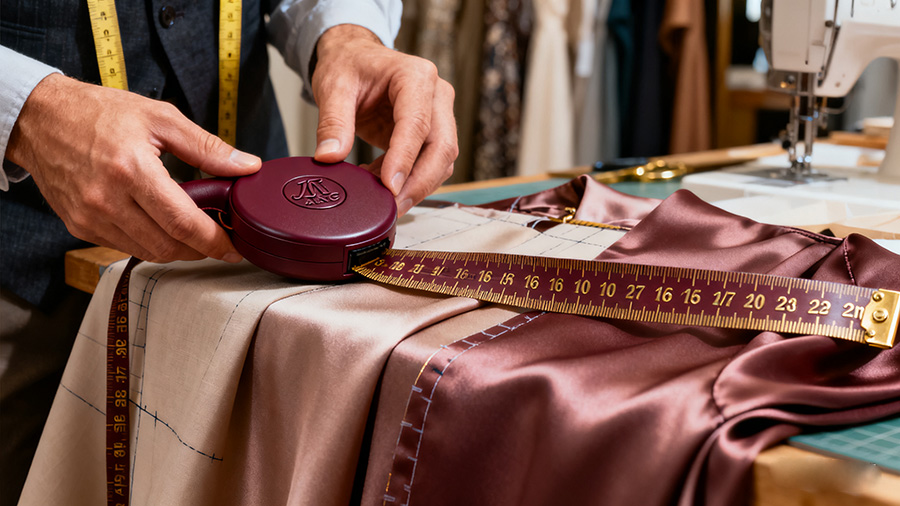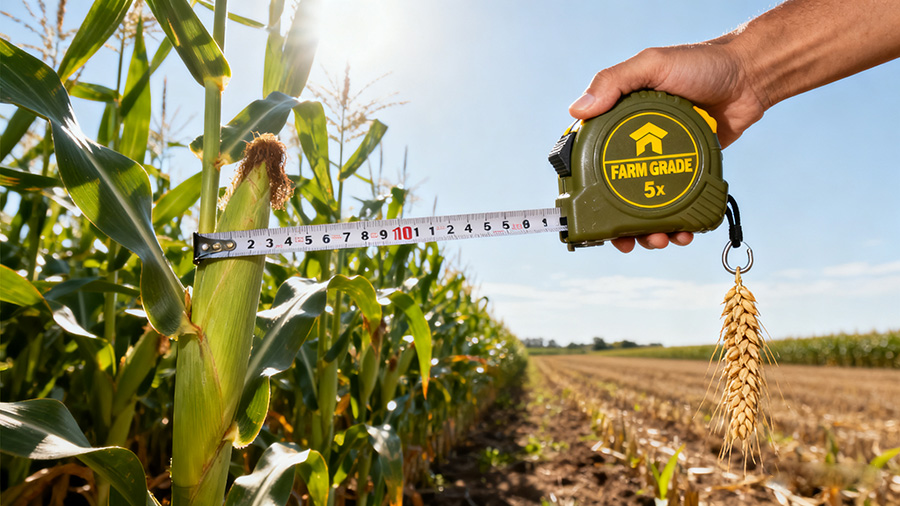If you’ve ever wondered how to accurately measure head circumference—whether for yourself, your child, or a baby—you’re not alone. Head circumference is a key indicator of growth and development, especially in early childhood. But what kind of tape should you use? How do you ensure accuracy? And why does it even matter?
In this article, we’ll cover everything you need to know about measuring head circumference correctly, which tools work best, and how to interpret the results.
How Do I Know What My Head Circumference Is? Can I Use a Tape Measure?
Yes, you can use a tape measure to find your head circumference—but not just any tape measure. For accurate results, it’s important to use a flexible, non-stretchable measuring tape, like the ones used in sewing or tailoring.
Here’s how to do it:
- Wrap the tape around the widest part of your head. This is usually about an inch above your eyebrows and ears, passing around the back of your head.
- Make sure the tape is snug but not tight—you shouldn’t feel any pressure.
- Note the measurement in either centimeters or inches.
- Compare your result to a sizing chart if you’re buying a hat or helmet.
A soft cloth or plastic retractable tape works well for adults and older children. Avoid using metal or rigid tapes, as they won’t conform to the shape of the head.
How Accurate Are Head Circumference Measurements?
When done correctly, head circumference measurements are highly accurate and reproducible. There is little to no margin for error if you use a non-stretch tape and follow standard positioning.
Healthcare professionals often take multiple measurements to ensure consistency. In clinical settings, measurements are recorded to the nearest 0.1 cm for increased precision.
What Tape Measures Baby Head Circumference?
For infants, it’s best to use a single-use or disposable paper tape measure made of non-stretch, waterproof polypropylene (PP) material. These are often used in hospitals to ensure hygiene and accuracy.
Why non-stretch and waterproof?
Babies’ heads are growing rapidly, and even a small error can affect growth tracking. A waterproof tape also allows for easy cleaning and disinfection.
Many pediatric clinics use specialized infant measuring tapes that are flexible, soft, and safe for delicate skin.
At What Age Should Head Circumference Be Measured?
Head circumference is routinely measured:
- At birth – right after delivery
- At every well-child visit – from birth up to age 2
- Sometimes until age 3 or 5 – especially if there are developmental concerns
These measurements help track brain growth and detect early signs of conditions like microcephaly (small head size) or hydrocephalus (excessive fluid in the brain).
Why Is Head Circumference Measured?
Brain Growth:
Head size is directly related to brain volume in infants and young children. Monitoring head circumference helps assess healthy brain development during critical early years.
Normal Growth Tracking:
Using standardized growth charts (from organizations like the WHO), doctors can compare a child’s head circumference to averages for their age and sex. This helps identify unusual growth patterns that may need further evaluation.
When and How Often Are Measurements Taken?
Birth – First measurement within 24 hours
Routine visits – At 2, 4, 6, 9, 12, 15, 18, and 24 months
After age 2 – Typically measured less often, unless recommended
Frequent measurements in the first two years ensure that growth is on track.
What Is Normal Head Circumference at Birth?
According to the World Health Organization (WHO) Child Growth Standards, the average head circumference at birth is:
Girls: ≈ 33.9 cm (13.4 inches)
Boys: ≈ 34.5 cm (13.86 inches)
These values can vary, which is why doctors use percentile-based growth charts to evaluate individual progress.
You can access the full WHO growth standards here:
WHO Child Growth Standards PDF for Girls
WHO Child Growth Standards PDF for Boys
How to Use a Head Circumference Tape
Using a head circumference tape is simple if you follow these steps:
- Gather your tape: Use a flexible, non-stretch tape (preferably in cm).
- Position the child: For babies, lay them down or have them sit comfortably.
- Find the widest part: Usually 1–2 finger-widths above the eyebrows and ears.
- Place the tape: Start at the forehead, wrap around the back, crossing the most prominent part.
- Ensure a snug fit: The tape should be flat and firm but not tight.
- Read and record: Note the measurement where the tape meets the start.
- Repeat: Take 2–3 measurements and use the largest value.
Pro tip: Head circumference measuring tapes come with a slot or locking mechanism to hold the tape in place, making it easier to read the result hands-free.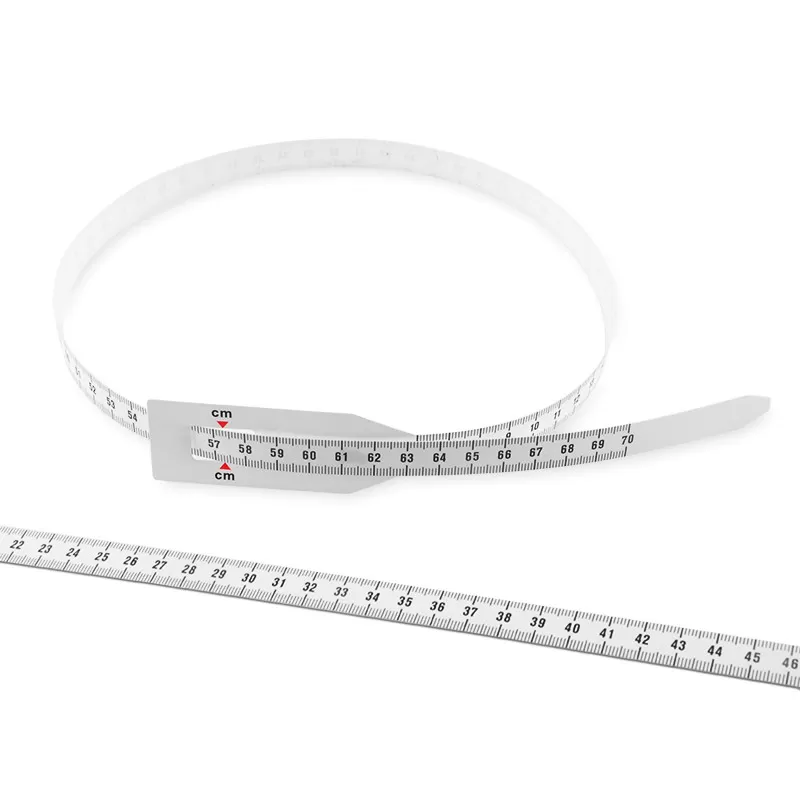
Wintape: Supporting Health Through Customized Head Circumference Measurement Solutions
Whether you're measuring head circumference for a hat, helmet, or health reasons, using the right tape and technique is essential. For babies and medical purposes, choose a non-stretch, disposable tape for accuracy and hygiene. Always measure at the widest part of the head, and record in centimeters for consistency.
At Wintape, we recognize the essential role of accurate head circumference measurement in monitoring early childhood development. Our customized head circumference tape measures are designed to assist healthcare professionals, public health programs, and parents in tracking this critical growth metric with precision and ease.
Our commitment to improving children’s health goes beyond manufacturing – we support the organizations and caregivers dedicated to enhancing child wellness globally. By offering reliable, affordable, and customizable head circumference measurement solutions, we help ensure that every child’s growth can be tracked accurately, enabling early detection of potential issues and promoting timely interventions.
References:
World Health Organization. Child Growth Standards.
American Academy of Pediatrics. Guidelines for Monitoring Growth.
Wintape Measuring Tape Company
Custom Tape Measure Manufacturers
For All Your Measuring and Promotional Needs.
86-18588000509
cici@tape-measure.com
Custom Tailor Measuring Tape
Custom Body Measuring Tape
Custom Paper Measuring Tape
Custom MUAC Tape
Custom Wound Ruler
Custom Diameter Pi Tape
Custom Digital Tape Measure Laser
Custom Adhesive Measuring Tape
Custom Mini Tape Measure
Custom Horse Weight Tape
Custom Stainless Steel Tape Measure
Custom Long Tape Measure
Custom Measuring Tape
© 2025 Wintape Tape Measure Co.,Ltd | Privacy Policy | Sitemap | Contact Us | Powered by matchPages




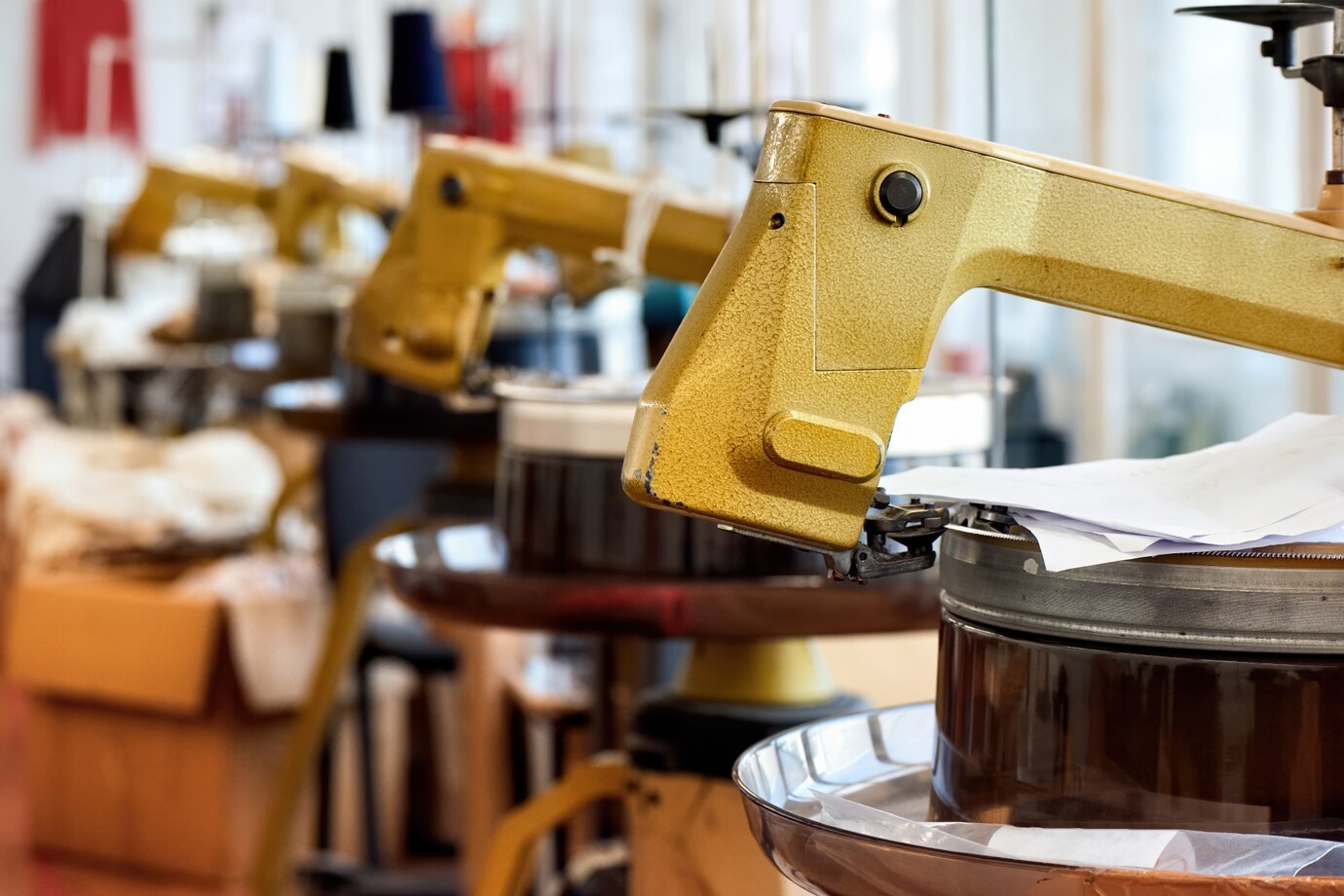
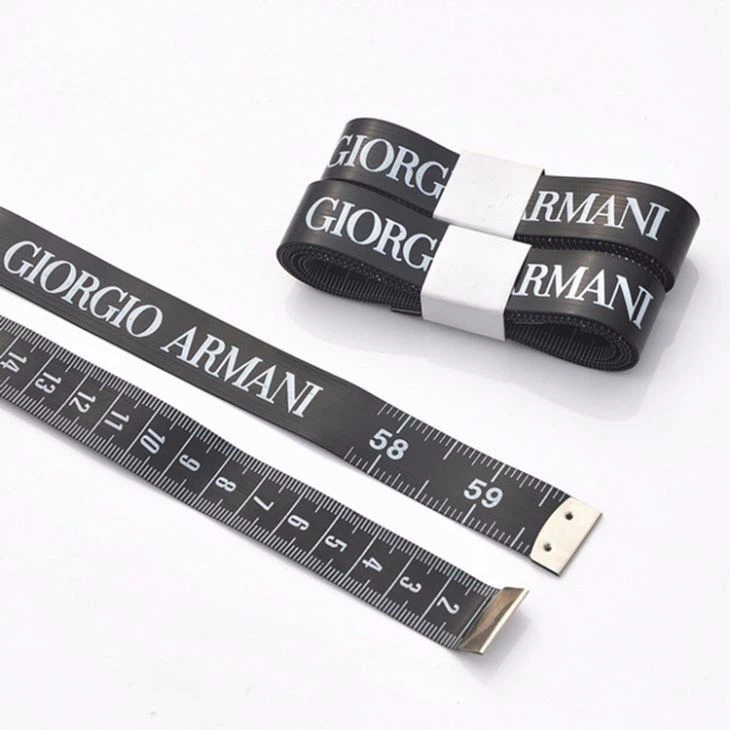
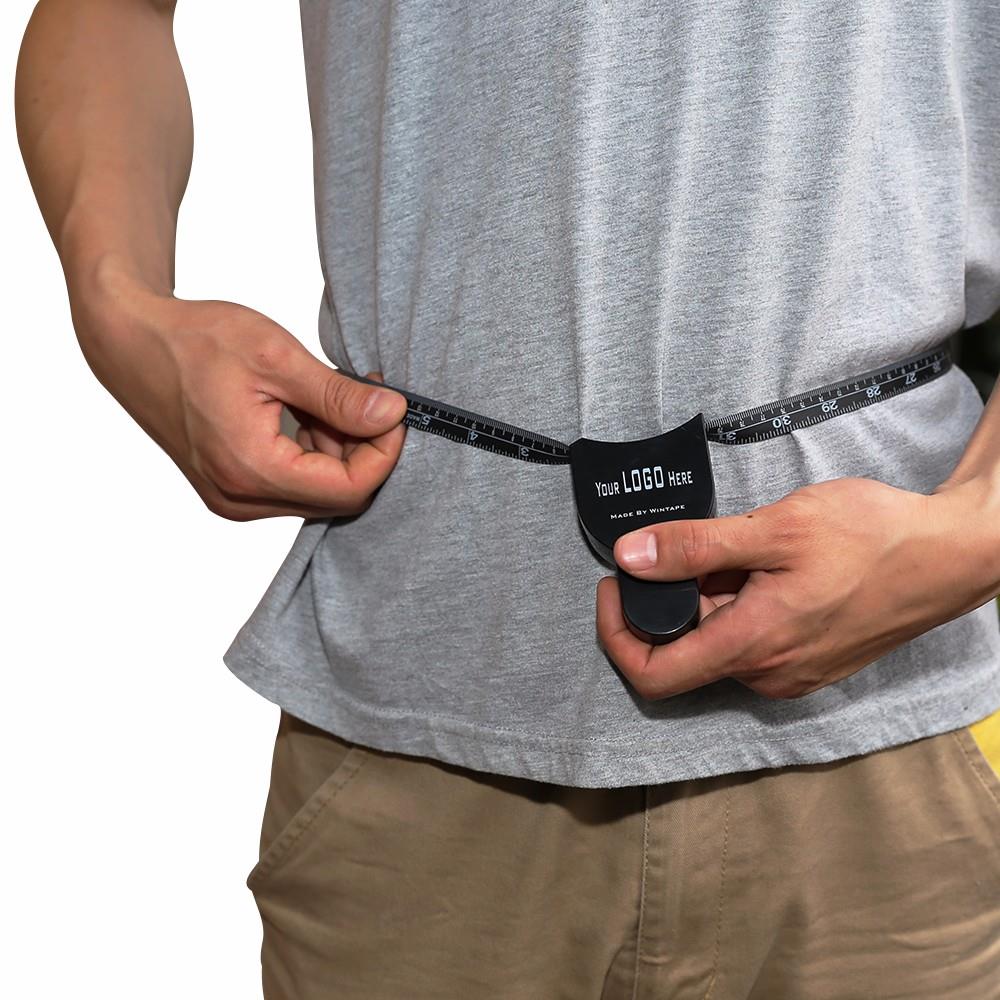
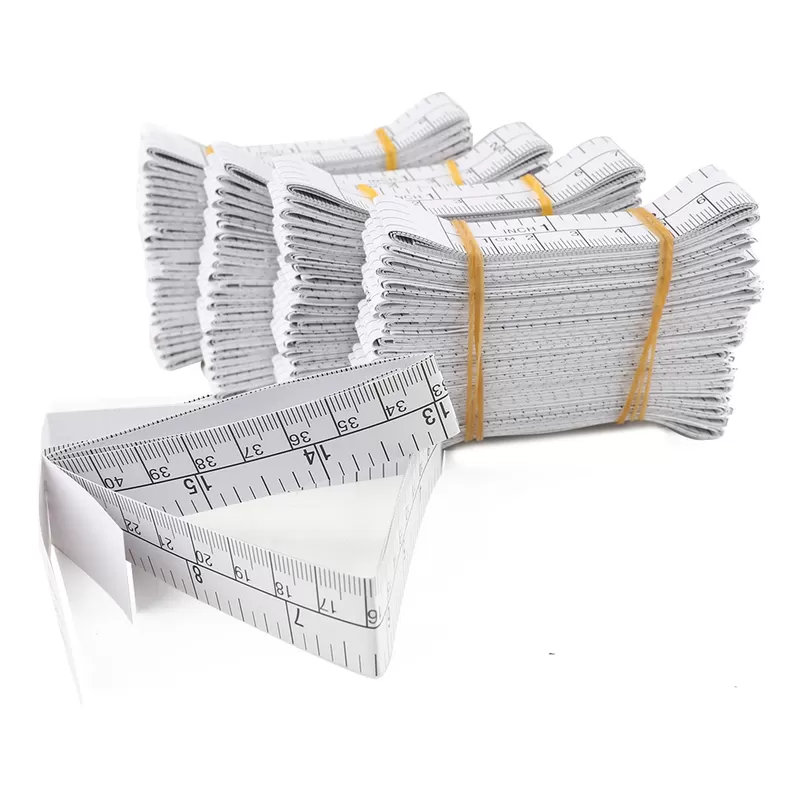
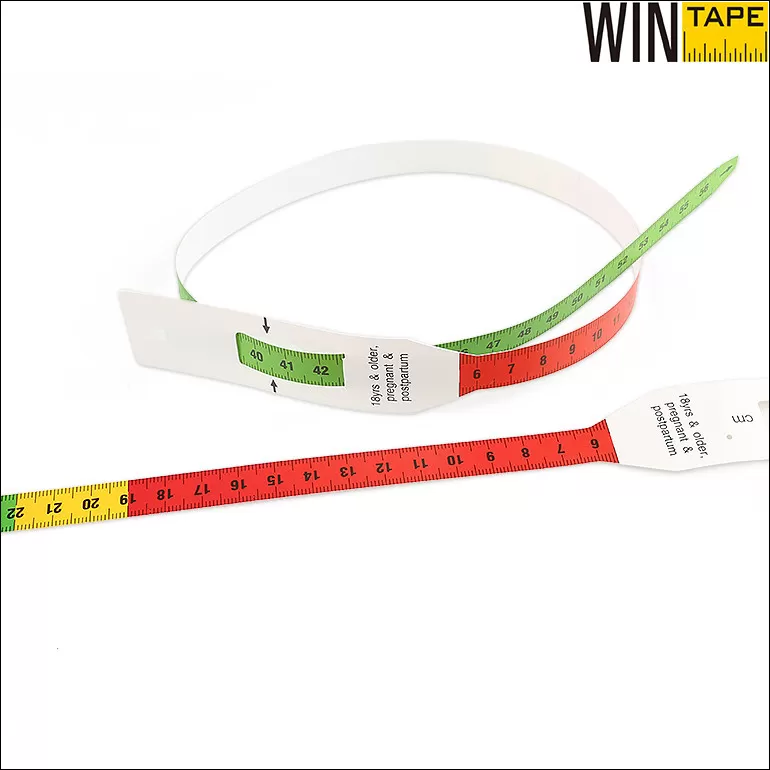

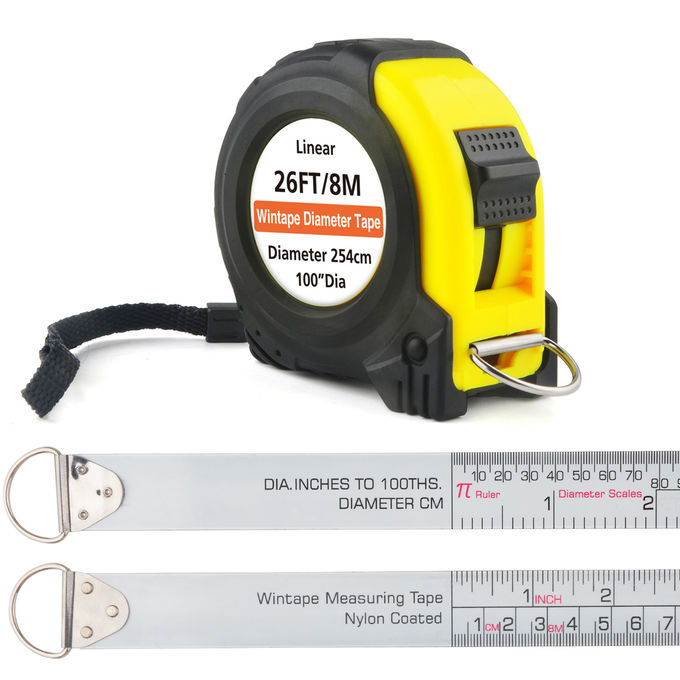
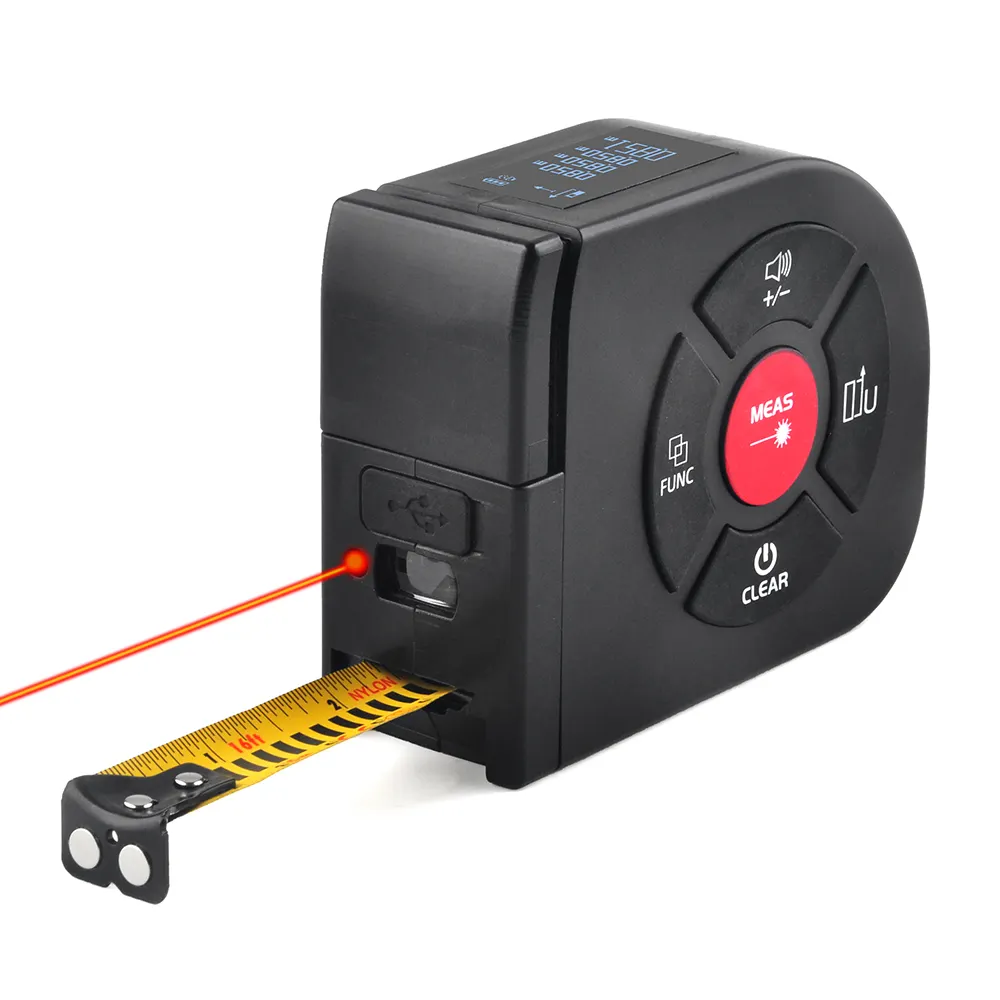

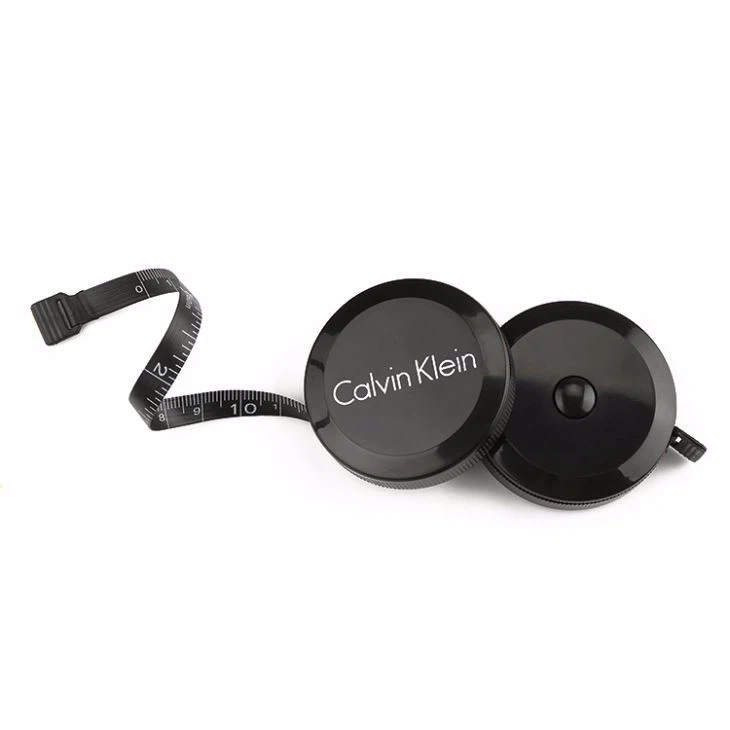
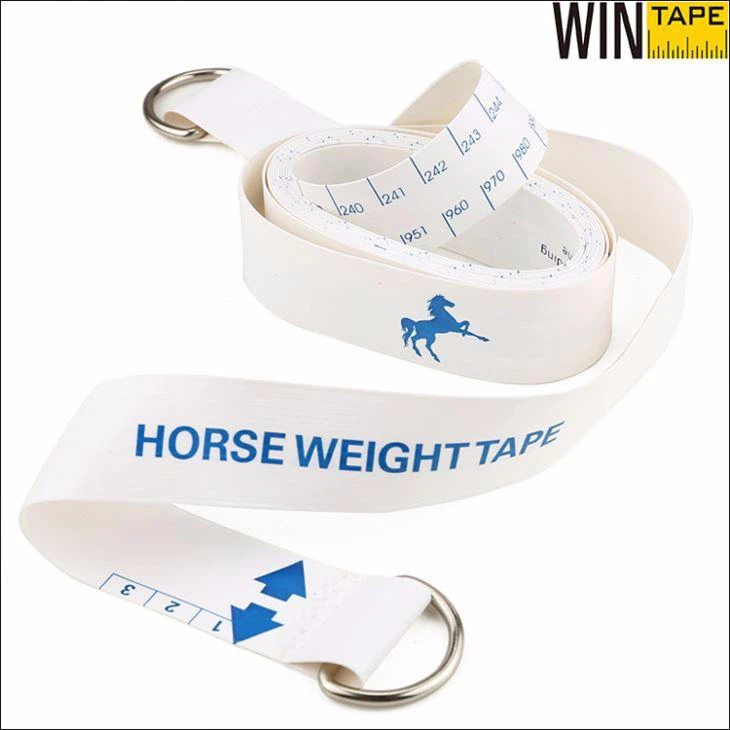
.webp)
.webp)
